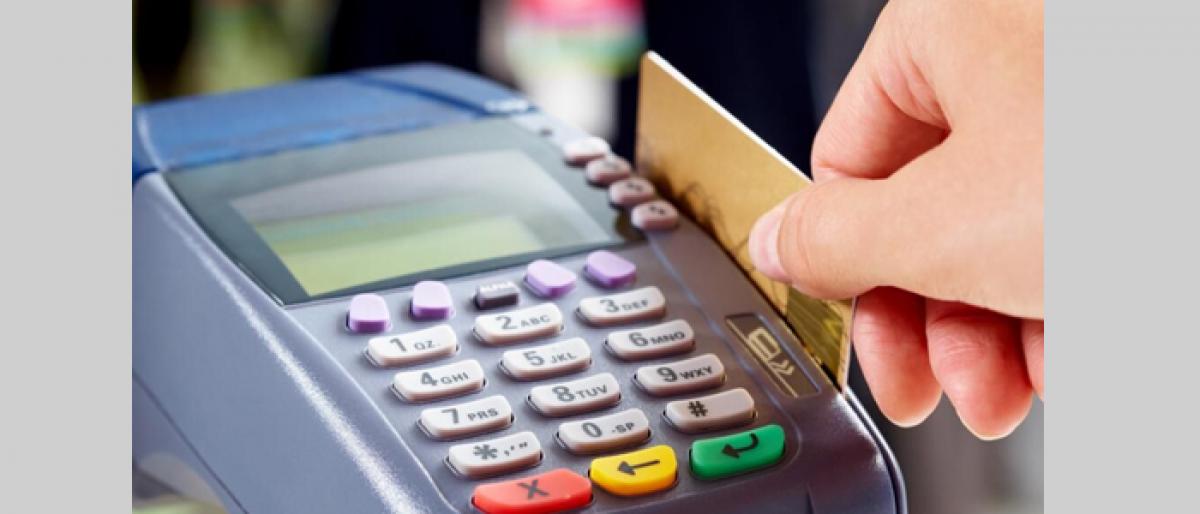Live
- Kerala Governor Arif Mohammed Khan visits Prashanti Nilayam
- All people should Co-operate for free and fair elections
- "Audiences in the South will appreciate a story that smashes the stereotype of weak and meek women," says Yatin Karyekar
- Family is the biggest motivator for 78% women entrepreneurs in tier II, III cities; finds Tide’s survey
- JioCinema unveils the trailer of its high intensity, war-room drama, Ranneeti: Balakot & Beyond
- Tripura closes all schools for 4 days due to heat wave conditions
- ASSOCHAM Telangana Cybersecurity Conference Unveils Urgent Need for Vigilance and Innovation
- Hindustan Coca-Cola Beverages completes its multi-state initiative of upskilling 25,000+ youth
- Qualcomm expands Snapdragon portfolio with new platform to power AI PCs
- Navigating PCOS Understanding the Role of Diet in Managing Symptoms









